Cathay Pacific, the flag carrier of Hong Kong, is in trouble. Headquartered at Hong Kong International Airport, Cathay used to be the world’s best airline. From in-flight entertainment to kids’ meals to friendly staff to lounges, everything was awesome. That’s because they charge awesome price to fly with them.
Over the time, Cathay Pacific Airways’ management got complacent and arrogant. They have started dishonouring air tickets despite saying they would do so. They have started forcing laptop and carry-on to be weighed to charge extra. Missing baggage which used to be a rare case has started occurring. The overall quality of service has started deteriorating.
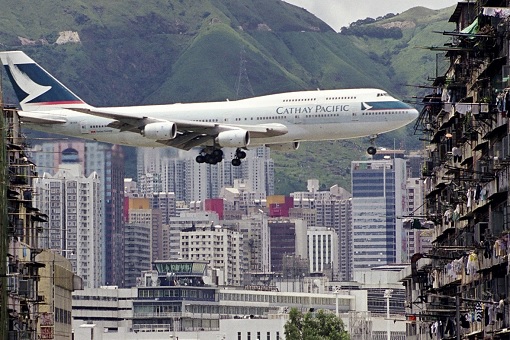
Suddenly, the airline’s first class service has become third class. Friendly staffs have become so annoying rude that a low cost carrier could easily provide a better service. Layers of management breed unhealthy bureaucracy. Today, Cathay Pacific Airways reveals a 30% cut in its head office, targeting middle and senior management, in order to cut costs.
The news about the retrenchment comes just 2 days after the premium airline unexpectedly swung into its second loss in 9 years. Cathay Pacific Airways reported a shocking loss of HK$575 million (US$74 million; £60 million; RM328 million) for the financial year 2016, when analysts had expected HK$369 million (US$47.5 million; £38.4 million; RM211 million) of profit instead.
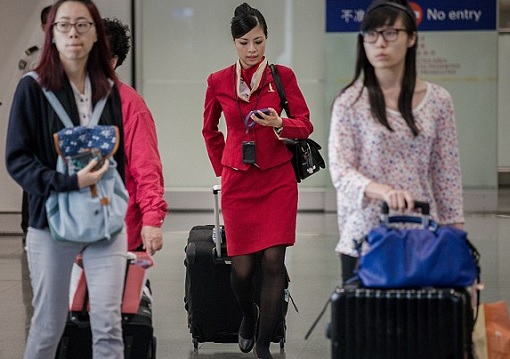
A year earlier in 2015, the airline made a staggering profit of HK$6 billion (US$773 million; £625 million; RM3.4 billion). Out of HK$93.2 billion in costs, Cathay’s army of 33,700 employees (June, 2016) amounted to HK$19.9 billion – about 21%. In comparison, Singapore Airlines Ltd. had 13,983 employees (March, 2016) while Air China Ltd. had 27,442 (June, 2016).
It would take the airline a huge loss of half a billion Hong Kong dollar to finally realize they have a bloated management. The stunning loss puts tremendous pressure on Chief Operating Officer Rupert Hogg and Chief Executive Officer Ivan Chu Kwok-leung. Both top executives were responsible for the ballooning of 350 senior managers in the airline.
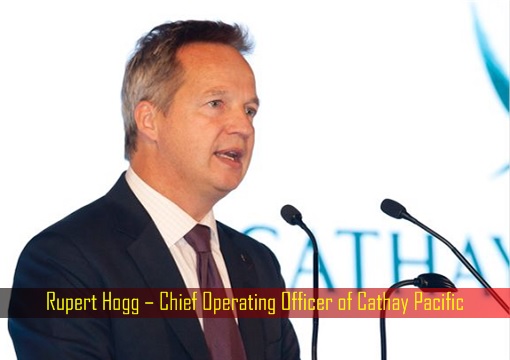
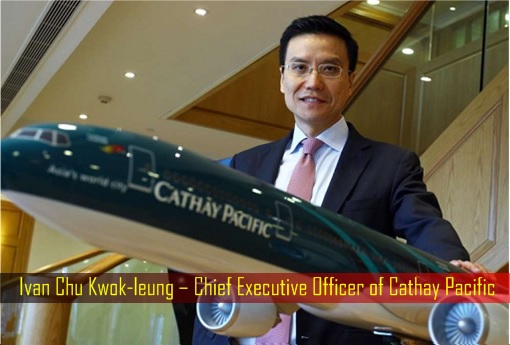
Excessive employees, however, is not the only problem hitting Cathay Pacific Airways. After sleeping on its laurels for too long, a blitzkrieg of competition from mainland China is sending Cathay into turbulence. While the competitors offer more direct flights, more seats and lower fares, Cathay greedily continues to charge more with inferior services.
When customers can fly “Business Class” for the same price that Cathay charges for “Premium Economy”, they don’t need a rocket scientist to know that the airline has been treating them like fools. You can only charge so much for so little for so long before customers realize they’ve been ripped off and started choosing another airline to fly.
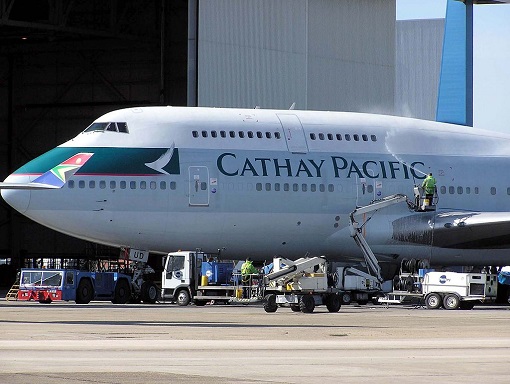
There’s another more serious problem – losses in fuel cost. Cathay has a bad practice of hedging fuel jet for as long as 4 years, obviously a very dumb business habit considering the collapse of crude oil back in 2014. Now, Cathay Pacific said it will only hedge jet fuel for two years. In the first half of 2016 alone, the airline’s loss was HK$4.49 billion on fuel hedging.
Both COO Rupert Hogg and CEO Ivan Chu Kwok-leung should be fired for consistently blaming external factors and everyone else but themselves. They have to take responsibility for their own mismanagement. Thanks to arrogance, they have underestimated competition and overestimated customers’ loyalty. They have remained in their cocoon of protectionism for too long.
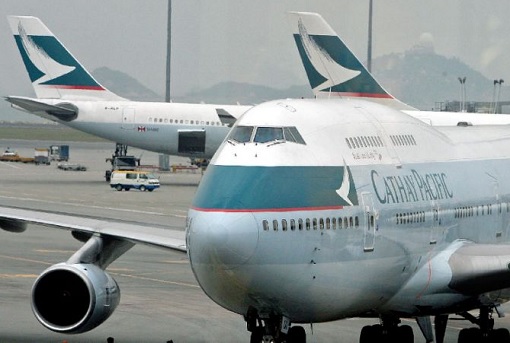
The fact that a monopoly airline such as Cathay Pacific is losing money to fuel hedge gambling and losing customers to low cost carriers is simply breathtaking. Which part of fuel cost accounting to 29.6% of total operating costs in 2016 that both chiefs don’t understand? Which part of mainland Chinese airlines expanding globally while operating at a lower cost that Hogg and Ivan don’t understand?
The lack of first and business-class travellers from the Asian financial centre was a known problem since last year and it had gotten so bad that analysts asked whether CEO Ivan Chu needed to find a Plan B. Chua, who was elevated to the top job in March 2014 said – “There’s not much we can do about the economic environment. We hope it is a short-term issue rather than a long-term one.”
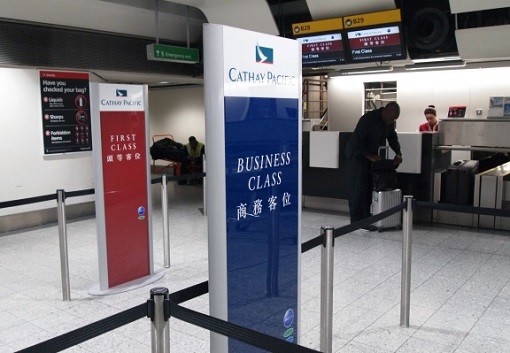
Instead of depending on the premium segment, Cathay should focus more on their unit Dragonair and boost their regional services to capture a market that is switching to rivals in mainland China such as Air China Ltd. and China Eastern Airlines Corp. Cathay has to remember that they’re not the only premium player as Emirates, Etihad Airways and Qatar Airways are expanding into Asia.
Other Articles That May Interest You …
- Airports With Zero Security – From Missing MH370 To Kim Jong-nam Assassination
- Rayani Air May Go Bust – World’s Shortest-Lived Shariah-Compliant Airline
- Take A Tour Inside Emirates Airbus A319 That Rosmah Took For Her Cheap Award
- After China Steel Cheaper Than Cabbage, Now U.S. Gasoline Cheaper Than Milk
- Here’re 20 Dirty Secrets The Airlines Don’t Want You To Know
- Top-15 Best & Luxurious First Class Amenity Kits From Airlines Around The World
- Here’re Insider Reasons Why Malaysia Airlines Bailout Will Not Work
- Secret Revealed – The Secret Chambers Where Pilot & Cabin Crew Rest & Sleep (Photos)
- Missing Jet – Results of Endless Corruption, Incompetence, Extremism

|
|
March 18th, 2017 by financetwitter
|


|

|

|

|

|

|










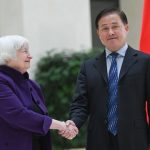

















Comments
Add your comment now.
Leave a Reply